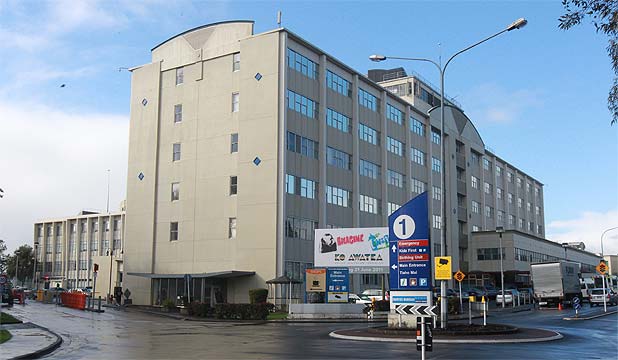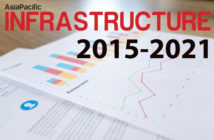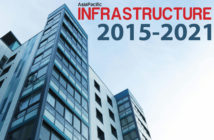When showing up for work, going down to the local mall, spending time in a hotel, visiting clients, going to see the doctor… are all those buildings perfectly safe and fit for purpose?

Middlemore Hospital
The short answer is: maybe. That’s the view of a prominent speaker at the upcoming Facilities Integrate New Zealand exhibition taking place this September at the ASB Showgrounds.
“These buildings should be safe, but in many cases, they are not,” says Rosemary Killip, director of Building Networks which provides building compliance training.
“Facilities managers really do need to go over their compliance obligations with a fine-tooth comb to remove any doubt so everyone inside their building has the assurance of safety.”
Killip points to the recent saga which has enveloped Middlemore Hospital, a public building in southern Auckland.
“This is a case in point which shows that some of the very buildings we go into to be healed have had deferred maintenance or have never been signed off.”
That’s a failure of administration which requires oversight.
There’s another issue, too, which she says facilities managers must be alert to.
“Occupants routinely do things in buildings to make themselves more comfortable or for the sake of convenience without considering potential consequences.
“In the spirit of saving the environment, for example, you’ll see recycling bins around offices.
“But I’ve seen plenty of examples where these bins are put in front of clearly marked emergency exits.”
A grim irony potentially arises, Killip notes, where waste paper is saved, but in the event of an emergency, the occupants might not be able to save themselves.
“How many facilities managers and the occupants of the buildings for which they are responsible have lived through a real event like a fire, earthquake or terrorist attack?
“Probably very few.
“It’s only in these extreme circumstances that you’re likely to appreciate just why fire alarms, emergency lights, emergency exits and other safety devices are installed.”
Acknowledging the multifaceted demands on the time and attention of facilities managers, Killip recommends regular independent assessments of safety and building compliance status.
“Facilities managers have a constant battle with day-to-day items like lifts not working, toilets flooding, the aircon playing up, keeping the building clean and more.
“Throughout this, the dangerous stuff can go quite unnoticed; occupants tend to worry more about comfort and convenience, so they don’t tend to raise safety issues and therefore it can be left until it is too late.”
And while workplace safety has, in some instances, made individuals drawn from the workforce on-site experts, she says they tend to worry about minor issues like tears in carpets, or even major ones like potential asbestos hazards.
“But in reality, there tend to be a lot more right under your nose that could be major safety issues.
“They just don’t look like it until you need to use a fire escape and its blocked by a big green waste bin.”
Recognised as an international speaker, author and training practitioner specialising in building law, Killip appeared at last year’s Facilities Integrate and drew an enthusiastic crowd with an engaging, thought-provoking and refreshingly frank presentation.
At this year’s event, she will delve further into building safety and share her recommendations and onsite tips to keep things safe for everyone, all the time.
Trade only, Facilities Integrate gathers all the major players in one place so you can try and buy the latest equipment, source the best suppliers, network with potential business partners, and stay on top of what’s going on in your industry.
For more information and to register for free entry, visit https://www.facilitiesintegrate.nz .




